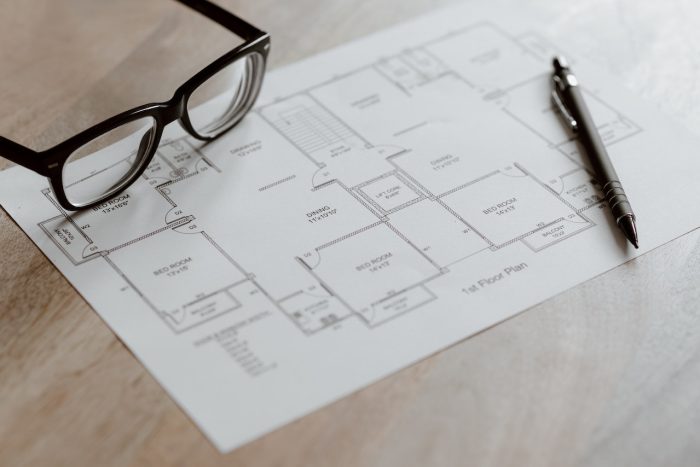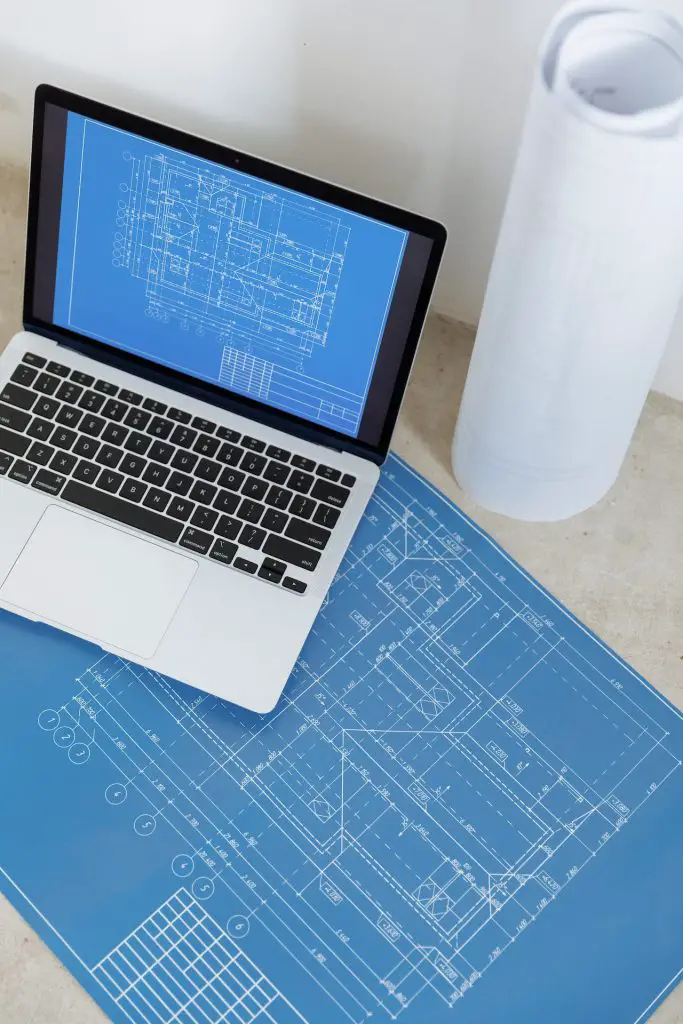How to Get Plans to Build a House
Building Your Dream Home: How to Design and Develop Construction Plans
Designing and developing construction plans for your dream home can be an exciting and overwhelming process. From envisioning the layout to determining the materials and finishes, there are countless decisions to be made. But fear not, because in this article, we will guide you through the crucial steps of building your dream home.
Whether you’re starting from scratch or looking to remodel an existing property, careful planning is key. We’ll explore the essential elements of construction plans, including architectural design, structural considerations, and budgeting. With a focus on functionality, aesthetics, and sustainability, we’ll help you create a blueprint that aligns with your vision and lifestyle.
From selecting a skilled architect to navigating permits and regulations, we’ll share expert tips and practical advice to ensure a smooth and successful construction process. With our comprehensive guide, you’ll gain the confidence and knowledge needed to bring your dream home to life.
So, buckle up and get ready to embark on an exhilarating journey of designing and developing your very own dream home. Let’s turn those dreams into reality!

The importance of having a well-designed construction plan
A well-designed construction plan is the foundation of a successful dream home project. It serves as a roadmap for the entire construction process, ensuring that every detail is carefully thought out and executed. Having a comprehensive plan in place helps prevent costly mistakes, delays, and unnecessary stress.
To start, it’s important to define your goals and expectations for your dream home. Consider your lifestyle, family size, and future needs. Do you want an open-concept living space? How many bedrooms and bathrooms do you need? Will you be incorporating any specific features like a home office, gym, or outdoor entertainment area? By clearly defining your vision, you can begin to shape your construction plans.
Understanding the design process for building a dream home
The design process is an integral part of creating construction plans for your dream home. It involves working closely with an architect or designer to translate your ideas into a tangible blueprint. During this phase, you’ll collaborate on the layout, style, and overall aesthetic of your home.
An architect will first conduct a site analysis to understand the topography, orientation, and environmental factors that may impact the design. They will then create preliminary sketches and concept drawings to illustrate different design options. These initial designs will be refined and revised based on your feedback and preferences.
Once the design is finalized, detailed construction drawings will be created. These drawings include floor plans, elevations, sections, and other technical specifications necessary for the construction team to bring your dream home to life. It’s crucial to review and approve these drawings before moving forward to ensure that all your requirements are met.

Choosing the right architectural style for your dream home
The architectural style you choose for your dream home sets the tone for its overall aesthetic and character. It reflects your personal taste and can greatly influence the resale value of your property. When selecting an architectural style, consider factors such as the surrounding neighborhood, climate, and your own preferences.
From traditional to modern, there is a wide range of architectural styles to choose from. Traditional styles like Colonial, Victorian, or Craftsman offer timeless elegance and charm. Modern styles such as Contemporary or Mid-Century Modern embrace clean lines, open spaces, and innovative materials. Research different architectural styles and consult with your architect to find the one that best suits your vision.
Selecting the ideal location for your dream home
The location of your dream home plays a significant role in its overall appeal and functionality. Factors such as proximity to schools, workplaces, amenities, and natural surroundings should be taken into consideration. Additionally, the availability of utilities, access to transportation, and future development plans in the area should also be evaluated.
Consider whether you want a suburban, urban, or rural setting for your dream home. Each offers its own advantages and disadvantages, so it’s important to weigh your options. Visit potential locations and explore the surrounding area to get a sense of the community, amenities, and overall ambiance. Consulting with a real estate agent or property developer can also provide valuable insights into the best locations for your dream home.
Collaborating with an architect to create a custom home design
Collaborating with an architect is essential to create a custom home design that aligns with your vision and lifestyle. An experienced architect will not only bring creativity and expertise to the table but also ensure that your dream home is structurally sound and functional.
When selecting an architect, consider their portfolio and previous projects to ensure their design style matches your preferences. Schedule a consultation to discuss your ideas, budget, and timeline. Good communication is key, as it will allow the architect to understand your vision and translate it into a design that exceeds your expectations.
During the design process, be open to suggestions and recommendations from your architect. They have the knowledge and experience to optimize your design and address any potential challenges. Regular meetings and updates will help keep the project on track and ensure that your dream home is being developed according to plan.

Key elements to consider when developing construction plans
When developing construction plans for your dream home, there are several key elements to consider. These elements will shape the functionality, aesthetics, and overall quality of your home. By paying attention to these details during the planning stage, you can avoid costly changes or modifications later on.
Firstly, consider the layout and flow of your home. Ensure that the rooms are properly sized and positioned to maximize natural light and ventilation. Think about the placement of windows, doors, and other openings to optimize views and privacy.
Secondly, take into account the materials and finishes you want to incorporate into your dream home. Consider factors such as durability, maintenance, and sustainability. Choose high-quality materials that not only look great but also stand the test of time.
Lastly, think about the functionality and convenience of your home. Incorporate storage solutions, smart home technology, and energy-efficient features into your construction plans. Consider the needs of your family and how your home can adapt to changing circumstances.
Incorporating sustainable and energy-efficient features into your construction plans
In today’s world, sustainable and energy-efficient features are becoming increasingly important in home construction. Not only do they reduce the environmental impact, but they also offer long-term cost savings and improved comfort.
When developing your construction plans, consider incorporating sustainable materials such as bamboo flooring, recycled insulation, and low VOC paints. Explore energy-efficient options for appliances, lighting, and HVAC systems. Additionally, think about incorporating passive design strategies such as proper insulation, orientation, and shading to optimize energy performance.
Consult with your architect and builder to explore various sustainable and energy-efficient options. They can guide you on the latest trends, technologies, and certifications such as LEED or Energy Star. By prioritizing sustainability in your construction plans, you can create a home that is not only beautiful but also environmentally responsible.
The role of permits and regulations in the construction planning process
Obtaining permits and complying with regulations is an essential part of the construction planning process. Building codes and regulations are put in place to ensure the safety, health, and welfare of occupants and the surrounding community. Failure to obtain the necessary permits or adhere to regulations can result in fines, delays, or even legal issues.
Before starting your construction project, familiarize yourself with the local building codes and regulations. Determine the permits required for your specific project, such as building permits, electrical permits, or plumbing permits. Consult with your architect or builder to ensure that all necessary permits are obtained before construction begins.
Working with professionals who are familiar with the local regulations can greatly simplify the process. They will be able to guide you through the permit application process, ensure that your construction plans meet the required standards, and coordinate with the relevant authorities.

Hiring a reliable construction team to execute your plans
Once your construction plans are finalized, it’s time to hire a reliable construction team to bring your dream home to life. Selecting the right builder is crucial to ensure that your project is executed efficiently, on time, and within budget.
When choosing a construction team, consider their experience, reputation, and portfolio. Request references and visit previous projects to get a sense of their craftsmanship and attention to detail. Verify their credentials, licenses, and insurance to ensure they are qualified for the job.
Additionally, communication and transparency are key when working with a construction team. Regular site visits, progress updates, and open lines of communication will help ensure that everyone is on the same page. Be sure to establish a clear contract that outlines the scope of work, payment schedule, and timeline.
Conclusion: Bringing your dream home to life
Building your dream home is an exciting and rewarding journey that starts with designing and developing construction plans. By following the steps outlined in this article, you can create a blueprint that aligns with your vision and lifestyle. From selecting the architectural style to collaborating with an architect and navigating permits and regulations, careful planning is key.
Remember to consider key elements such as layout, materials, and functionality when developing your construction plans. Incorporate sustainable and energy-efficient features to create a home that is not only beautiful but also environmentally responsible. Finally, hire a reliable construction team to execute your plans and bring your dream home to life.
So, buckle up and get ready to embark on an exhilarating journey of designing and developing your very own dream home. With careful planning, expert guidance, and a touch of creativity, you can turn those dreams into reality. Start envisioning your dream home today and watch it come to life before your eyes. Happy building!

